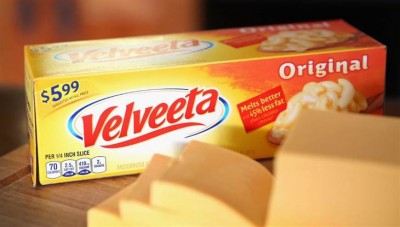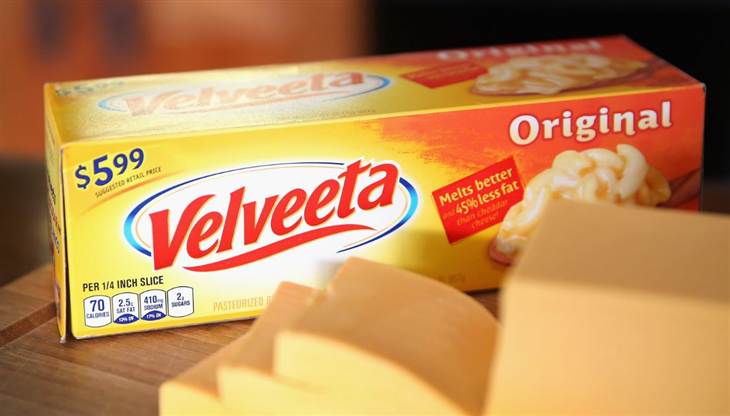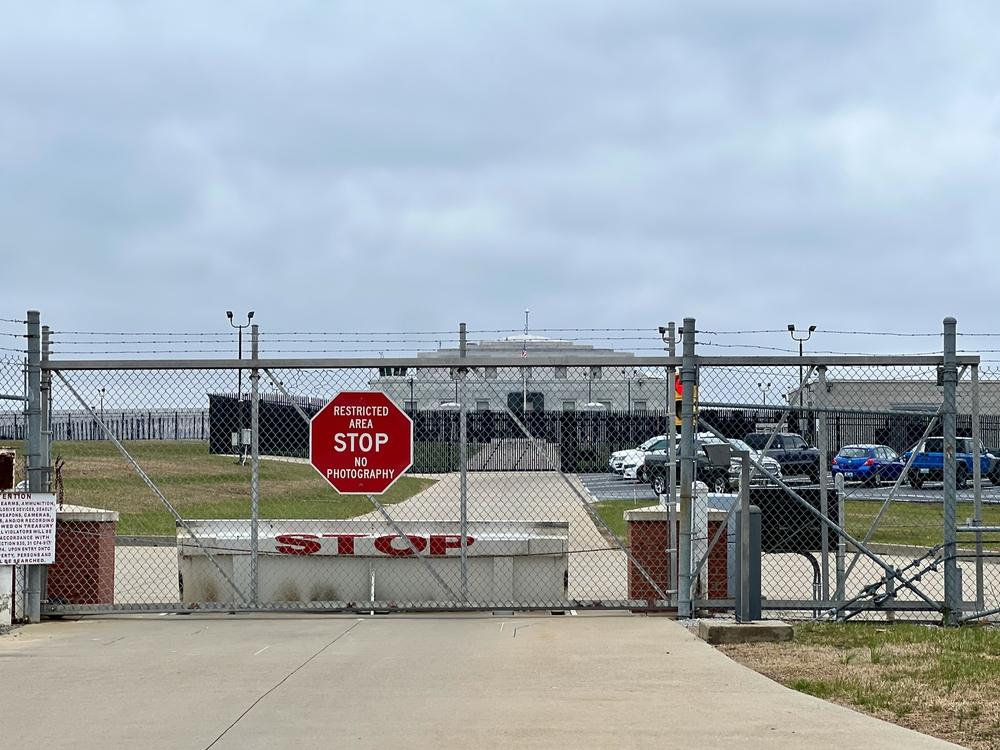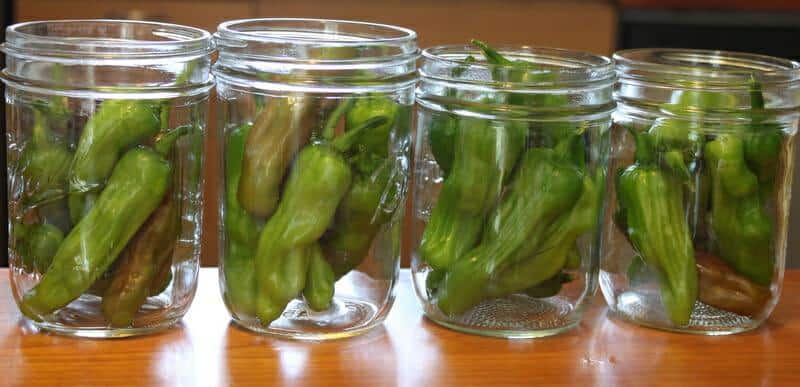 News of a nationwide shortage of Velveeta cheese could provide Americans a valuable lesson that those in the self-sufficiency community already know.
News of a nationwide shortage of Velveeta cheese could provide Americans a valuable lesson that those in the self-sufficiency community already know.
After all, the majority of the folks watching, reading, or listening to light-hearted coverage about the lack of availability of the popular comfort food are only concerned about a missing ingredient from their Super Bowl parties.
The lesson? American’s entire food supply chain has many necessary, moving parts and can be disrupted with ease — and the results could be dire.
A “plant issue,” along with extreme winter weather, is reportedly to blame for the Velveeta shortage. Shipments of the processed cheese often used to make dips are not expected to resume to normal until February.
Said Kraft spokeswoman Jody Moore:
I can tell you there is a combination of factors involved, but the driver is really the high demand. We really haven’t heard much from consumers about it at all. It’s a short-term issue amplified by the fact that this is a key time for the brand. It is possible consumers in any part of the country may not be able to find some Velveeta products on store shelves over the next couple of weeks.
The lack of the availability of the highly processed Velveeta will not cause Americans to go hungry, but just imagine if a plant problem or distribution issue stopped the flow of meat, dairy or produce for just a week or more. As a nation, we have become far too reliant on store-bought food. Hurricane Katrina clearly illustrated how quickly a sizeable region could go hungry if supermarket stores were closed or raided by a panicked populace.
Could Famine And Hunger Come To America?
The polar vortex was at least partially blamed for the Velveeta supply chain issues. Grocers in the New York City area contacted by NBC News stated they have been out of Velveeta for weeks and just keep ordering, but none arrives. If either a man-made or natural disaster impacted just half of the country, millions of Americans would likely starve if they were not engaged in a self-reliant lifestyle.
A Harvard publication on the food supply chain details how the system works and inadvertently reveals how vulnerable the United States is even to natural disasters. Should a natural or man-made disaster take down just a section of the power grid, the food in both supermarket and home refrigerators would perish quickly – and trucks would be unable to deliver food without the availability of electric-operated gas pumps.
An excerpt from the food supply report:
Every step of the supply chain requires human and/or natural resources. The food we eat reaches us via food supply chains through which food moves systematically in domino-like motion from producers to consumers. Because a food supply chain is domino-like, when one part of the food supply chain is affected, the whole food supply chain is affected, which is often manifested through changes in price.
FEMA emergency alerts indicate that grocery stores would empty in three days during a disaster. The recent influx of extremely cold weather and snow storms gave a more accurate and far shorter time frame for such an incident to occur.
Growing and raising your own food not only a form of disaster insurance, but also often offers a very healthy alternative to store-bought and processed food. GMO seeds and ingredients in a multitude of items found at the local supermarket – sans labels — have also caused concern for food advocacy groups and Americans who prefer all-natural or organic produce. Livestock injected with a whole host of growth hormones and vaccines has also prompted alarm among some consumers.
The Velveeta cheese shortage will eventually end and salsa will no longer have to survive in a bowl by its lonesome. Don’t let the food supply mishap over the cheese melt away before taking better stock of how you and your family would survive if all the store shelves suddenly fell empty.
Sign up for Off The Grid News’ weekly email and stay informed about the issues important to you








